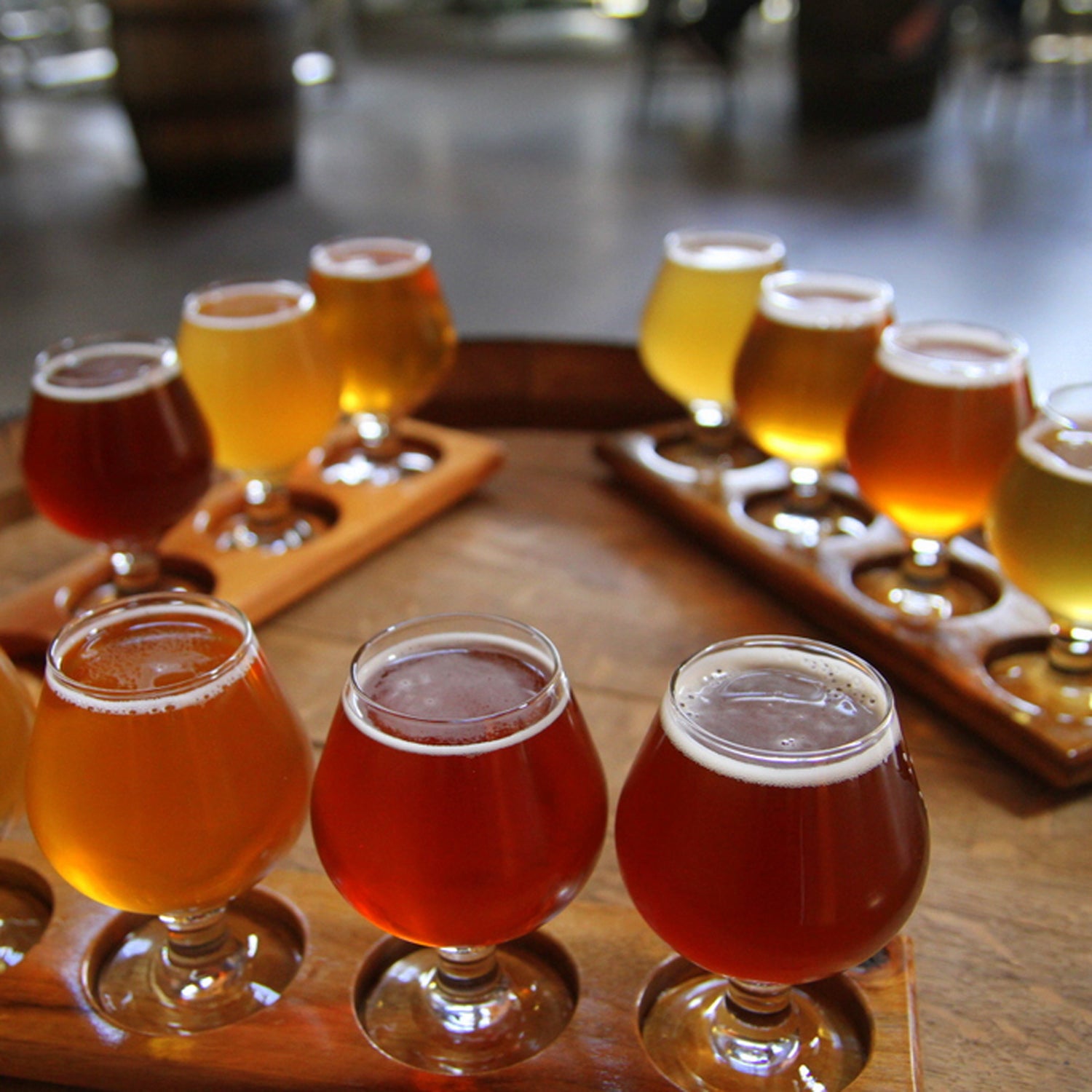When Jay Shambo and three friends set out earlier this year to start in Fort Collins, Colorado, they had a few things going for them. The most important, perhaps, was that in the American Beer Festival’s amateur category, a major badge of honor in the craft beer community. They didn't, however, have a lot of startup cash. So the four men got creative.
Chief among their innovations was starting a community-supported agriculture (CSA) program. In a CSA, food and beverage producers offer subscription services where to the front doors of local investors. It’s most common among vegetable farmers who ship out boxes of seasonal fare. By buying into Soul Squared's CSA, however, you’re signing on for boxes of beer. (The brewery makes its beer on a farm.)
It's a smart solution to two of craft brewing's toughest start-up hurdles: How to raise initial capital, and how to get your beer into consumer's glasses in a cost-effective way. While demand for craft beer has never been higher, it can still be difficult for tiny brewers to connect with customers, due to strict beer distribution laws in most states. Soul Squared is just one example of a growing number of craft brewers who appears to have found a loophole.
Before getting into how some of these unique models work, let’s back up for a quick history lesson. After prohibition, almost all states instituted laws stipulating that alcohol had to be sold through third-party distributors or wholesalers. At the time, the goal was to equalize the playing field among brewers. But today the system does the opposite. Many of the biggest distributors are owned by the major beer companies, which have fought hard on Capitol Hill and in states across the country to keep the so called in place. Their efforts—at least in some ways—seem to be working.
“In the past ten years the number of distributors has dwindled but the number of brewers has increased,” says Julia Herz, the . This means that it’s harder for small-scale brewers to get noticed by national distributors. Furthermore, at breweries where the small volume of product keeps profit margins slim, selling through a distributor often means slim profit margins.
“I wouldn’t be able to make any money [if I sold through a distributor],” says Justin Korby, founder of , a Massachusetts company that also uses a CSA-model. “Our ingredients are so expensive that if I had to sell through a distributor our beers would cost like $20 a bottle.”
Massachusetts and Colorado are relatively progressive when it comes to beer distribution. (Massachusetts even has something called a , which specifically allows farmers to sell directly to consumers.) Most states make it tougher on craft brewers. In Wisconsin, for example, Madison’s has started simply using snail mail to distribute its beer. But the brewery can’t just ship from its facility.
“When we finish the beer we drive it to Illinois to a store called ,” says , a MoCraft co-founder. “They mail it out for us through their beer-of-the-month program.” MobCraft’s mail-order model also solves the startup cash flow problem that many others face. Each month, the company crowd-sources its next brew. The beer that has the most pre-orders wins. Once the monthly winner is announced, the credit cards of the people who pre-ordered are charged and the brewers get the money they need to buy the ingredients. MobCraft’s model has worked so well that its three founders now work full-time on the brewery and the trio is planning a major expansion with a physical location and a taproom.
Figuring out a path to distribute through the mail was basically an exercise in creative workarounds, Troia says. “It was about asking the right person the right question. We asked about 40 people the wrong question before we asked the right one.”


